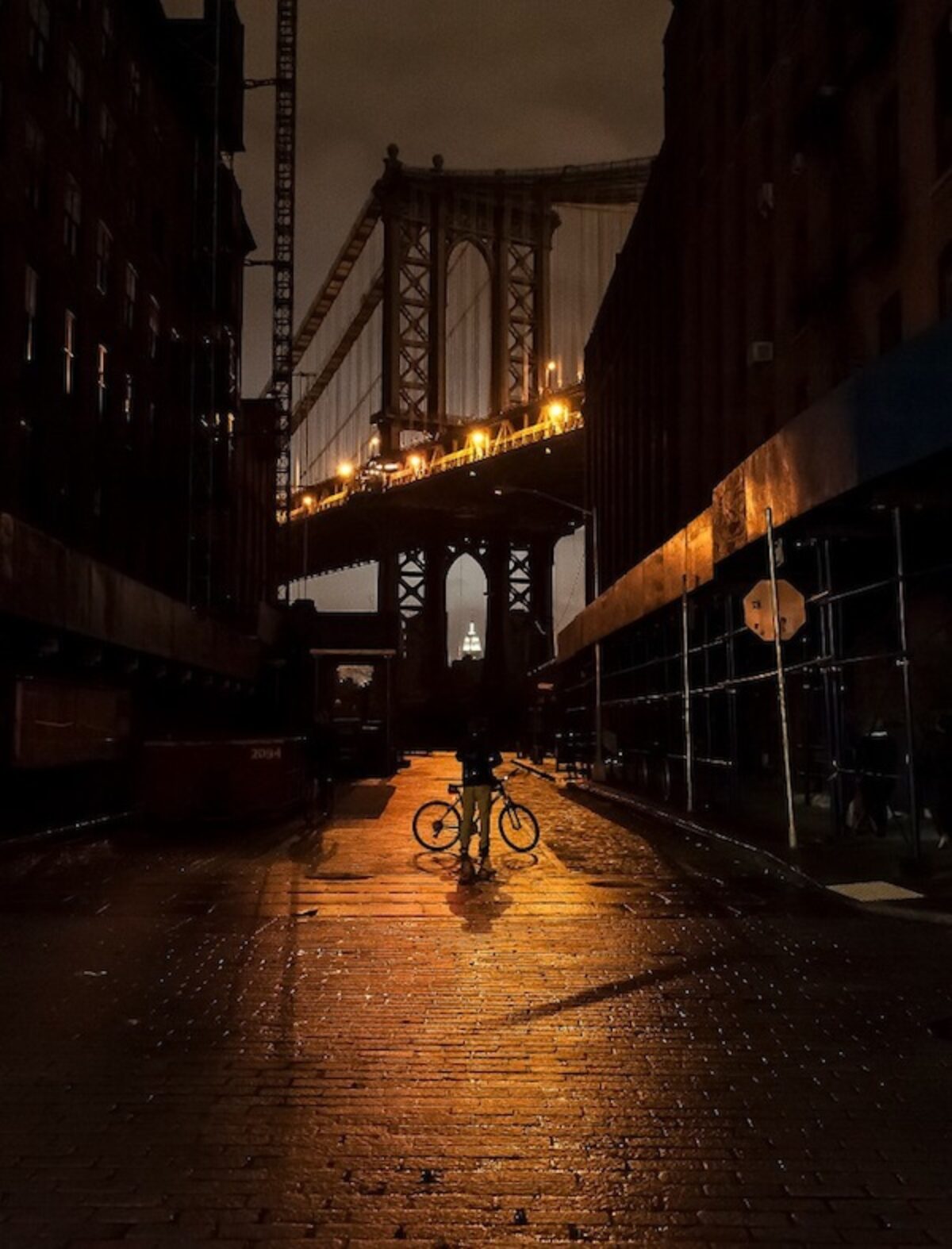In most people’s minds, there is a simple and direct relationship between lighting and crime: better lighting will deter offenders who benefit from the cover of darkness. Improved lighting means that offenders are more likely to be seen by someone who might intervene, call the police, or recognize the offender. Even if this does not happen, some offenders who fear that it might would be deterred from crime.
When it is night time
- Improved lighting deters potential offenders by increasing the risk that they will be seen or recognized when committing crimes.
- Police become more visible, thus leading to a decision to desist from crime.
- If improved lighting leads to the arrest and imprisonment of repeat offenders they can no longer commit crimes in the area.
- New lighting can encourage residents to spend more time on their stoops or in their front yards in the evenings and thus increase informal surveillance.
- Improved lighting can encourage more people to walk at night, which would increase informal surveillance.
- Since there are brighter lights at night, anyone walking home at night would feel safer walking home.
When it is day time
- New lighting shows that the city government and the police are determined to control crime. As a result, potential offenders might no longer see the neighborhood as affording easy pickings. In addition, citizens might be motivated to pass on information about offenders.
- Better lighting can increase community pride and cohesiveness, leading to a greater willingness to intervene in crime and to report it.
- If offenders commit crime in both light and darkness, nighttime arrests and subsequent imprisonment would reduce both daytime and nighttime crime.



